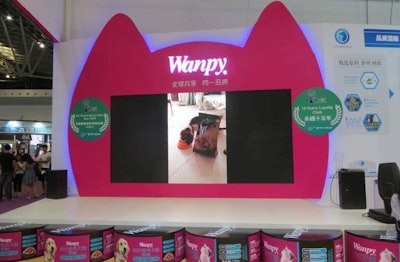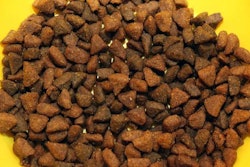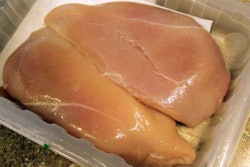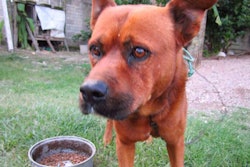
Multinational pet food companies have to date dominated China’s nascent yet quickly growing market, but recently an increasing number of domestic players have entered the scene, contributing to the market’s rapid rise. (See https://goo.gl/lnmQK1.)
Pet food production is booming, with volume reaching 700,000 metric tons in 2015 and expected to hit 1 million metric tons in 2016, said Wang Jinquan, PhD, associate professor with the Feed Research Institute of the Chinese Academy of Agricultural Sciences. He presented an overview of the Chinese pet food industry during Petfood Forum China 2016 in Shanghai.
That production represents about 40% growth overall, topping 100% in some areas. Large capital investments are fueling the growth: More than 10 new pet food factories have been built or are under construction, and Wang projected more capital would pour into the market over the next five to 10 years as competition increases. Companies building new plants include multinationals such as Perfect Companion from Thailand and domestic players like Ronsy Pet Food.
At Pet Fair Asia, co-location partner for Petfood Forum China, most of the pet food stands represent multinational companies, but each year, more are from domestic companies and are increasingly sophisticated. Their packages look as sleek as those from well-established markets and boast many of the most popular claims globally, such as natural, grain free and no preservatives. (It’s difficult to know whether these brands can back up their claims or fully understand them, yet that is being addressed: Wang also provided a progress report on new pet food regulations and standards being developed by the government.)
GfK projects China’s pet food sales to reach about US$1.77 billion by the end of this year, representing about 19% growth. While multinational brands still lead, the growth is being driven by local brands, said Pushan Tagore, GfK’s VP of global marketing-pet care, another Petfood Forum China presenter. That’s particularly true for cat food, with 81% growth for domestic brands overall and 85% in pet shops. With dog food, which dominates the market, sales increases for domestic brands are only about 9%, but their average price is growing much closer to that of multinational brands.

















